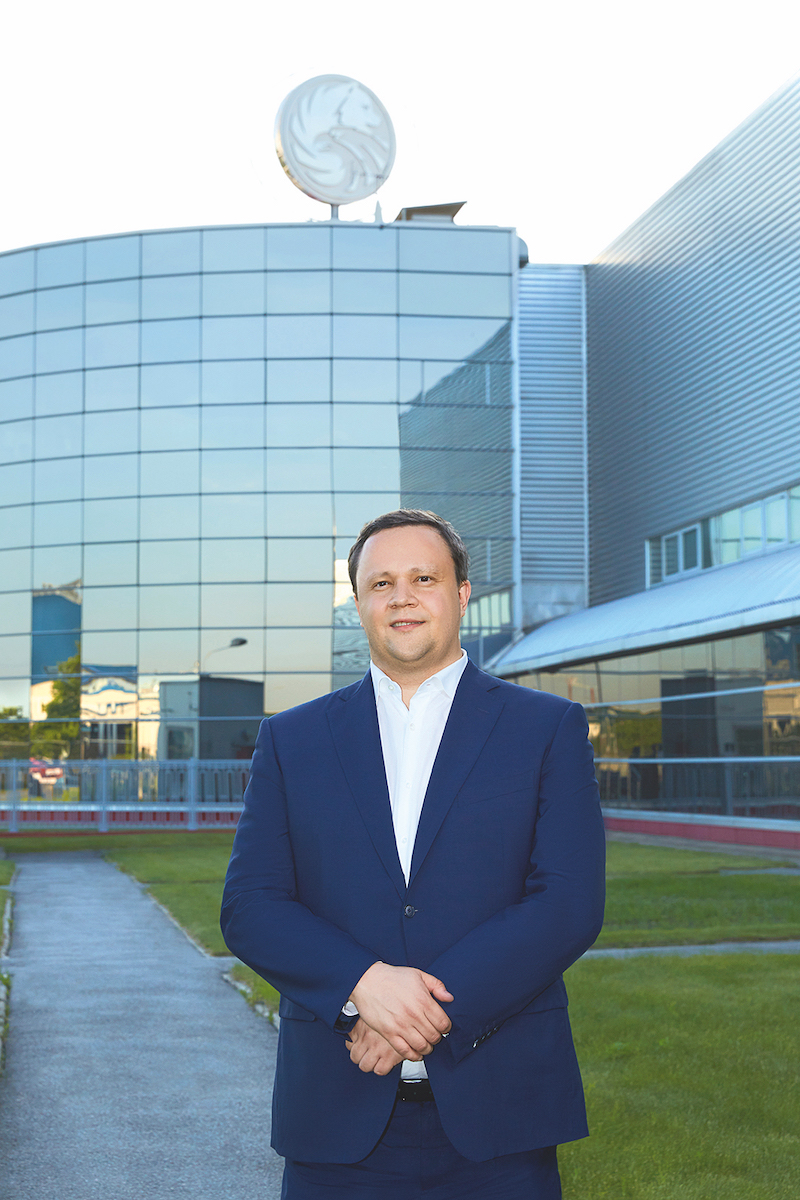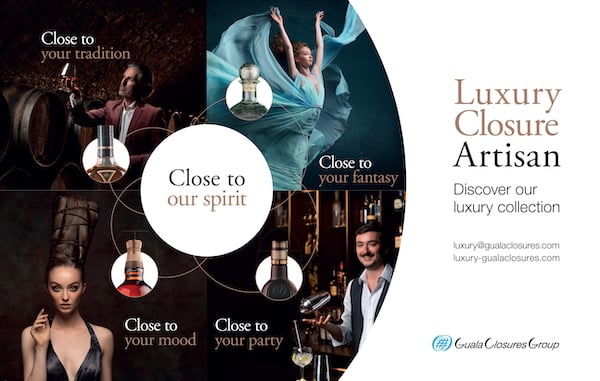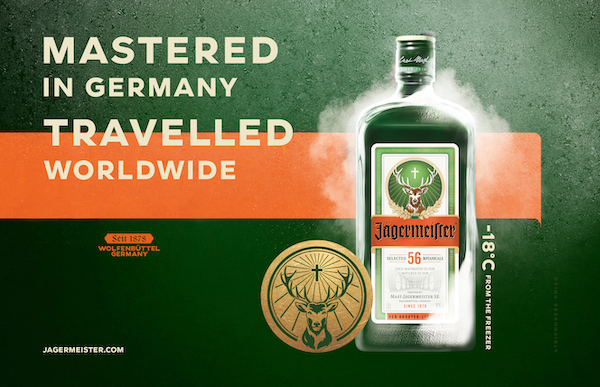Selling vodka to Russians, once easy, has become a trickier proposition over the past decade with the rising popularity of cider, beer, wine and other spirits. Changing alcohol regulation and taxation, and challenging economic conditions, have also fed a boom in black-market moonshine, in a case of consumers picking their product by price.

Of the major players, Roust Corporation looked a bit turbulent, having gone through two capital enhancement transactions in 2013 and 2017 managed by its Founder Roustam Tariko and Group Senior Executive Pavel Merkul.
After completing these strategic transactions, Pavel was appointed to the position of CEO of Roust Corporation in December 2017. The new executive team headed by Pavel has injected a focus on profitability over volume and identified new opportunities, so Roust is once again leading the sector.
“Our EBITDA in 2018 increased by more than 50% and reached US$104 million (€94.7 million),” Pavel says. “That’s a great growth rate – as we promised to our bond holders and our investors at the beginning of the year. To be frank, many market players didn’t believe we would be able to do it, but we did.”
“To be frank, many market players didn’t believe we would be able to do it, but we did.”
Pavel has been with Roust companies for more than a decade, including a stint in the big chair at the Group level. Roust dominates in the ‘vodka belt’ of Central and Eastern Europe and its home market of Russia.
In Poland, the Roust family of brands, including Zubrówka, Soplica and Absolwent, took 46% of the market in 2018. In Russia, with counter-trend growth of more than 30%, Roust has been the top player since November 2018.
International markets are responding to Roust brands as well, with the UK, France, Germany, Israel and duty-free looking particularly strong in 2018. “We demonstrated significant growth – more than 20% – in the international segment and we became profitable in almost all international markets,” Pavel says.
“Our revenue and business growth has led to significant reduction of our cost of financing and diversified our list of partner banks.” Having achieved that kind of fortification in just a few short years would be achievement enough for most CEOs.

However, success breeds success, and Pavel predicts even more growth on the horizon for the Roust portfolio of brands. “We will continue to invest in key brands, as well as launching new brands and varieties. In particular, we will be focusing on flavoured vodkas and small-sized vodka SKUs, because these are the products that are most profitable,” he says.
“Roust is an international company, with presence in 80 markets, across all segments and channels, and the number two vodka producer in the world. Our main target is to be present in each and every segment – product segment, price segment and distribution channel – in the alcohol market. This will continue to be the major priority in 2019.”
The core of the company’s success remains the human element. Roust is dedicated to “bringing affordable luxury” to its customers, crafting a high-quality product backed by large-scale production and distribution. As the company puts it, Roust brands aim to be both “big and beautiful”.
These operational principles also inform Roust’s strong partnerships. Distributor agreements across territories with Jägermeister, Rémy Cointreau, William Grant & Sons and others are built on both shared values and value sharing. “We distribute their products and they distribute ours, which is a unique model,” Pavel explains.
Supplier agreements are built on trust in quality and service. “Our relationships with our suppliers are core to our success,” Pavel adds. “We have plenty of win–win strategies to develop partners. For example, when we create a new product, we share our ideas with our suppliers as soon as possible. We involve our suppliers because you are only half successful if you don’t ask for their advice in this way.
“But it’s even more than that. This kind of relationship with our suppliers creates trust and works really well when headwinds meet our business, or our suppliers’ business, and when we need to support each other.”
The big question remains: When will investors be able to get a splash of the good stuff? After a heady period of mergers and acquisitions, and with significant work done on refinancing and corporate structuring, Pavel says the time is almost right for a float.
“We agreed with our investors that Roust Corporation should proceed with an IPO and become a public company,” he shares. “We are currently working with leading global investment banks to determine the optimal finance and prepare for an IPO, which is planned for 2020.”
Proudly supported by:




